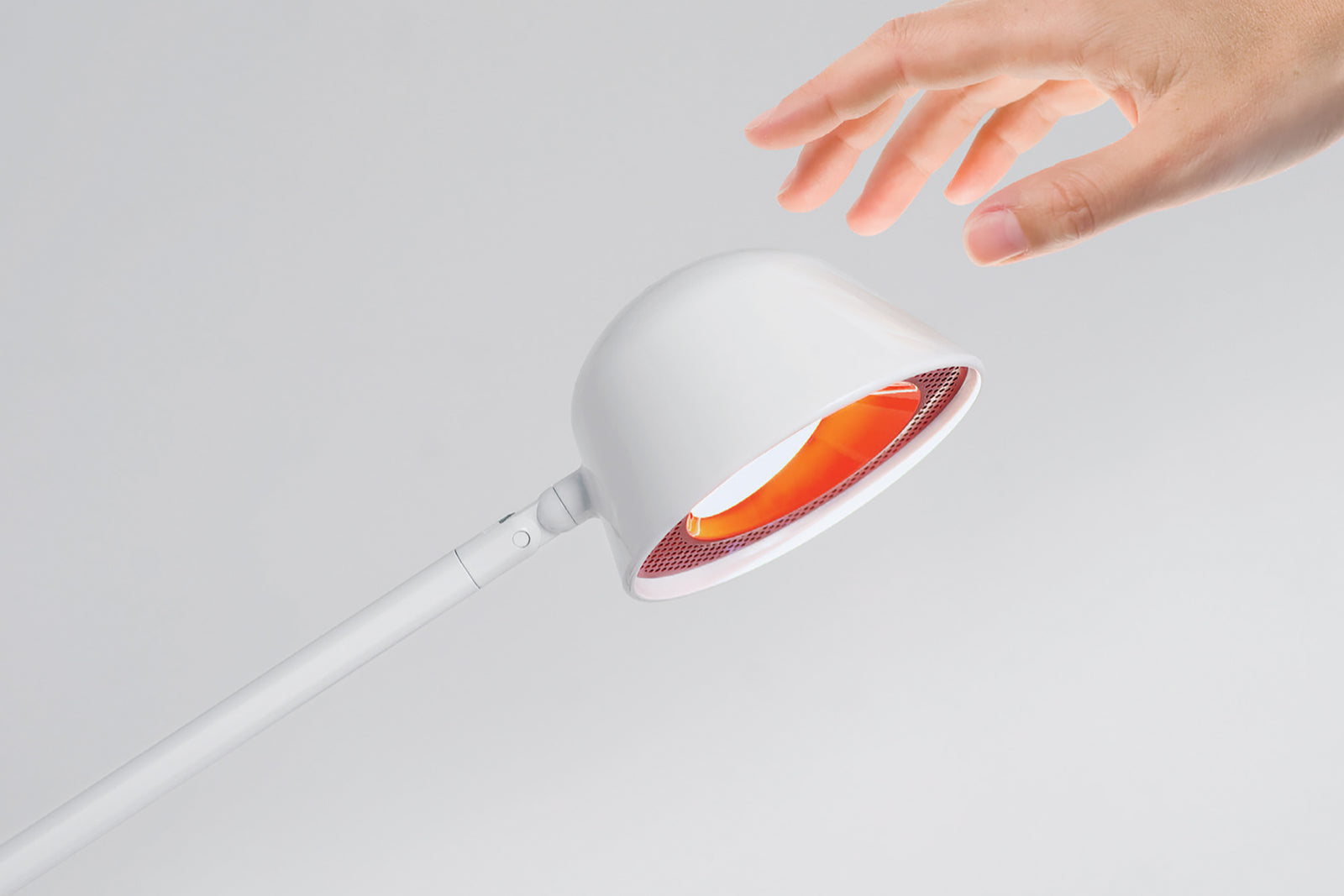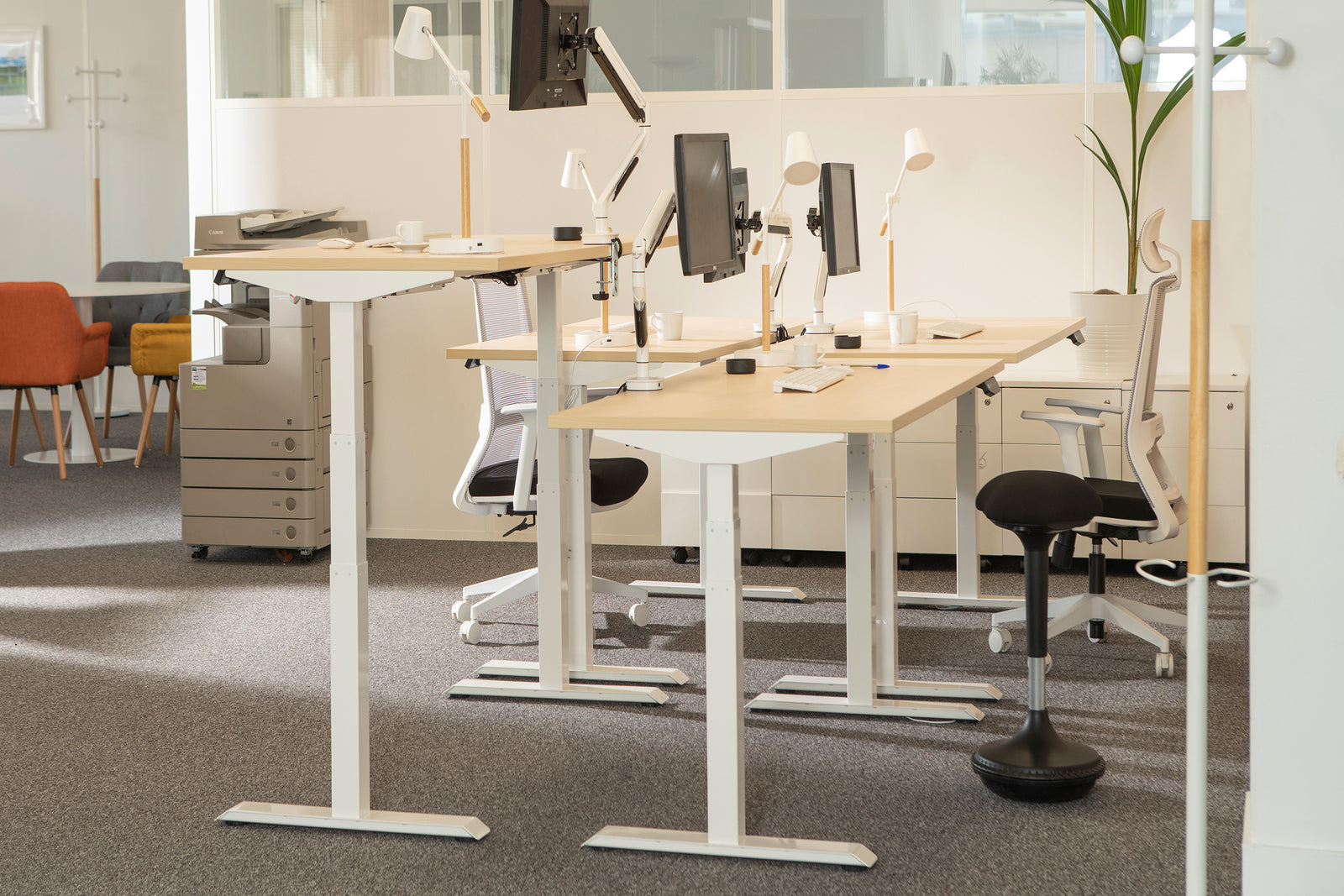What you need to know about LEDS
Since 2020 all our lighting fixtures are equipped with much more LED lighting
energy efficient, more environmentally friendly and also more sustainable.
To know specifically the energy consumption of each luminaire and
its technical characteristics (lumens, lux, color temperature, CRI, etc.)
all our lamps and floor lamps are checked and tested in our laboratory
complies with the latest regulations.
From 09/1/2021 a new energy performance classification of
light sources from G to A developed by the European Commission entered
in force. Today 100% of our lighting fixtures are at least class E
(formerly equivalent to A++).
Here are some essential tips and concepts to know to choose the right light source
1-the power consumed
-
This value is written on all bulbs and highlights their consumption.
It is indicated with the following formula: aW=bW; "a" being the energy consumption of the bulb, "b" the value in watts corresponding to old halogen bulbs. - For example 3 W = 30 W means that the LED consumes 3 W but that it offers the performance of a 30 W halogen bulb.
2-light comfort:
luminous flux: We also choose our LED bulbs according to their luminous flux expressed in Lumens (lm), it corresponds to the total quantity of light emitted by the light source.
- Ambient light, rather cocooning, 500 lumens are more than enough.
- More intense light, choose between 600 and 700 lumens.
- A ceiling light or a high light, prefer a bulb with 1000-1500 lumens.
3-luminous efficiency:
The lighting requirement, also called luminous efficiency or luminous output, is different for each room and is expressed in Lux (lum/m²). In order to best choose your bulb, remember that for:
- a living room, 400 Lux are sufficient;
- a work room, count between 200 and 900 Lux (the more meticulous the work requires, the greater the light output must be);
- a bathroom , 200 lux;
- a corridor will require only 80-100 lux.
- The luminous efficiency can be calculated based on your old bulbs:
- for a halogen bulb, it corresponds to approximately 20 lm/W;
- for a 60 lm/W compact fluorescent bulb ;
- for LEDs 100 lm/W.
-
5- color temperature: This is the value determining the lighting color of the bulb.
It is this which will create the atmosphere in the room, it is expressed in degrees Kelvin.
4- color temperature: This is the value determining the lighting color of the bulb. It is this which will create the atmosphere in the room, it is expressed in degrees Kelvin.
- Warm white color, or warm white. Recommended for a relaxing, intimate, warm atmosphere, the light is orange-yellow. Degrees Kelvin < 3000 K
- Neutral white color, or white. Recommended for the kitchen, the bathroom, a work space, the light is close to natural light. Degrees Kelvin 4000 > K < 5000
- Cold white color, or cool white. Recommended for intense lighting in a company hall, a factory, a hospital, the light is cold. Kelvin degrees: > 6000 K
5-CRI - Color Rendering Index:
Light comfort is also achieved thanks to what is called the CRI (Color Rendering Index), expressed on a scale of 1 to 100, 100 being the value closest to sunlight, the best rendering luminous. We often find CRIs between 70 and 80 in LED bulbs.



